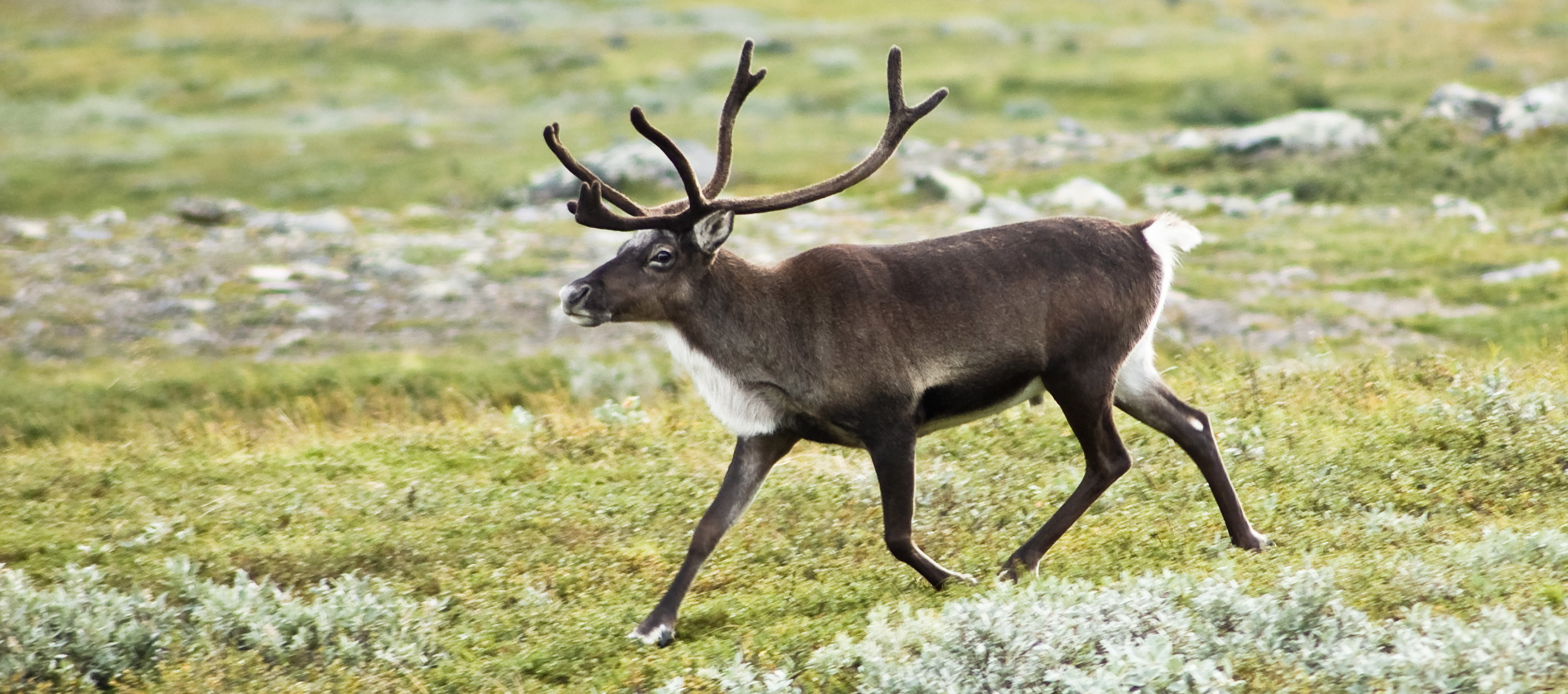It’s been a tough couple of weeks for Santa and his helpers. Temperatures around the North Pole reached a shocking 20°C hotter than usual and Arctic sea ice extent is also at a record 28% lower than normal.
If this trend continues, the North Pole might start looking a lot more like this…
Ok, so it’s not quite that warm in the Arctic – but at least five buoys near the pole recorded temperatures above 0°C in the past week… during what is supposed to be the coldest time of the year.
Sea ice cover is at a record low
According to NASA, sea ice cover is at record low levels, even worse than the previous record-low in 2012.
To put this in perspective: sea ice cover in the Arctic lost a chunk the size of Queensland this October.
The root cause?
Scientists are linking the extremely warm temperatures to the trend of record-breaking hot months experienced earlier this year, contributing to the near-record ice melt during this past summer and fall.
Why is this trend so alarming?
For starters, these high Arctic temperatures are occurring during what is supposed to be the coldest time of the year. “Polar night” is a period when the sun rarely rises and temperatures are supposed to be dropping, creating the necessary conditions for sea ice to grow and thicken.
While large variability in temperatures is common in the Arctic, what’s unique about this episode is the duration and magnitude of the much warmer than normal temperatures.
Is this the new normal?
This is the second year in a row that the North Pole has been abnormally hot. In late December of last year, a buoy near the North Pole also recorded temperatures above 0°C.
While the rest of the world continues to smash temperature records each year, the Arctic has been warming at twice this rate – with a dramatic impact on sea ice cover:
Is it just Santa that should be worried?
Nope. Over 80,000 reindeer have died since 2006, as a result of famine induced by extreme weather patterns. If such patterns repeat themselves in Siberia this year, reindeer could face another famine.

It’s not just Santa’s pals either. If ice cannot form as it should during the cold winter months, polar bears could lose their hunting grounds, and seals may not have land available which is needed to give birth.
What about the rest of us?
It might seem really far away (and it is!) but if the North Pole keeps warming, you’ll feel the impacts too.
Although ice is re-forming, the delay caused by these warm Arctic temperatures could mean it’s still very thin when the summer melt season arrives in July next year. This could cause faster and more widespread melting in 2017.
So let’s toss the surfboards and keep Santa on his sleigh – time to ramp up our global climate action and gift the Earth some deep cuts in emissions this holiday season!
Image / Video Credits:
- Surfing Santas: Aldi
- Older Arctic Sea Ice Disappearing: NASA Goddard
- Northern Hemisphere Sea Ice Extent: NOAA
- Reindeer: Alexandre Buisse via Wikimedia Commons licensed under CC BY-SA 3.0